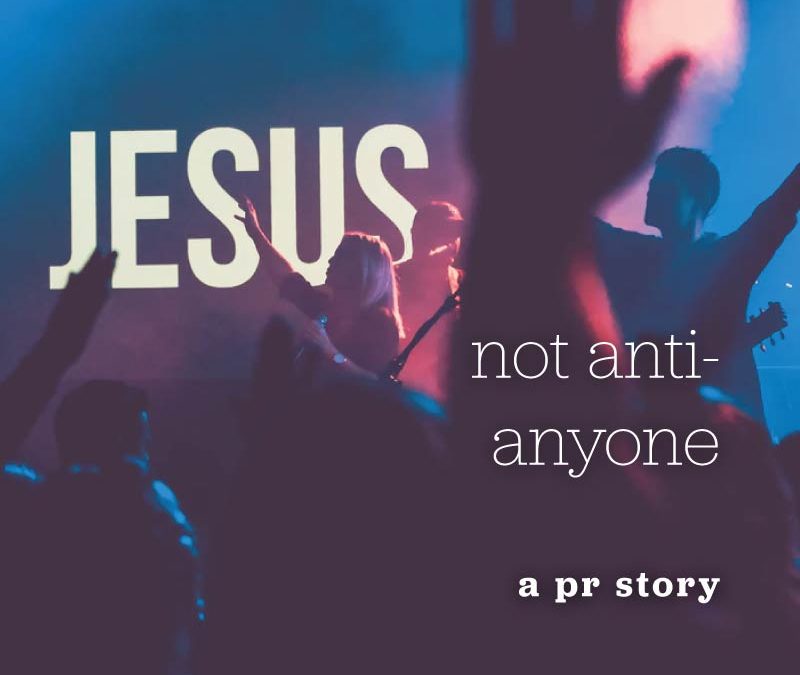Hillsong Church has become well-known as the place of worship of many Hollywood Christians. Its success among mainstream movie stars hasn’t protected it from criticism, though, and that star power has drawn unwanted attention to their organization. In early 2019, Jurassic World star Chris Pratt spoke about his church membership on The Late Show with Stephen Colbert, and other celebrities were quick to go to Twitter to condemn Pratt’s participation in an “infamously anti lgbtq” organization. In 2015, Hillsong Church made a statement affirming their stance on traditional marriage and distancing themselves from a music leader who was in a same-sex relationship. Their statement wasn’t well-received my most media commentators, and thus their negative reputation grew.
Following the Twitter attack, Pratt released a statement through his Instagram profile defending his beliefs and his affiliation with the church. “They helped me tremendously offering love and support. It is what I have seen them do for others on countless occasions regardless of sexual orientation, race or gender,” he wrote. Only a few days later, Hillsong Church published a media release, seeking to “clarify and correct” the information being published about their organization on this subject. Their release focused on Christ’s inclusive message of love and unity. They also mentioned their founder’s early efforts to fight against gay conversion therapy. They closed their statement by reaffirming their purpose as a church, of “pointing people to Jesus.”
analysis

This scenario is an interesting one to analyze. Celebrity interviews and social media feuds happen all the time, but what makes this interesting from a public relations perspective is the involvement of a third-party organization, which was dragged into the spotlight and saw the need to release a statement. This whole incident took place over several days, much longer than most Twitter fights tend to go. Pratt’s statement was relatively long, showing that thought was put into the content (though maybe not into the design). He was quick to defend his church and give examples of how they are welcoming and kind.
The church’s response is perhaps more interesting to analyze, though. Every word in their statement seems carefully chosen. Throughout the beginning, it’s clear that they’re responding specifically to the accusation of “anti lgbtq” by how they defend themselves as having never preached against group: “we are not ‘anti-anyone'”. Within their statement, unlike their 2015 statement, they don’t actually address their policy or doctrine on marriage and sexual relationships. The publics following this story were likely hoping for a fresh statement, either to add clarity or just flame to the fire. Given that their policy hadn’t changed, it was probably wiser to refrain from addressing it within this statement. By focusing on a message of inclusion, their goal was likely to redirect the focus away from policies that distance them from members of the public, and instead draw attention to areas where they share common goals.

